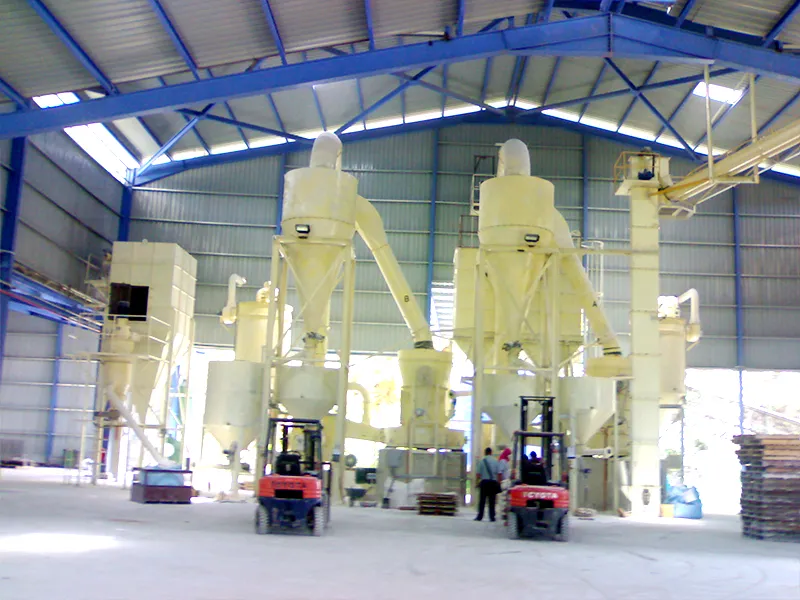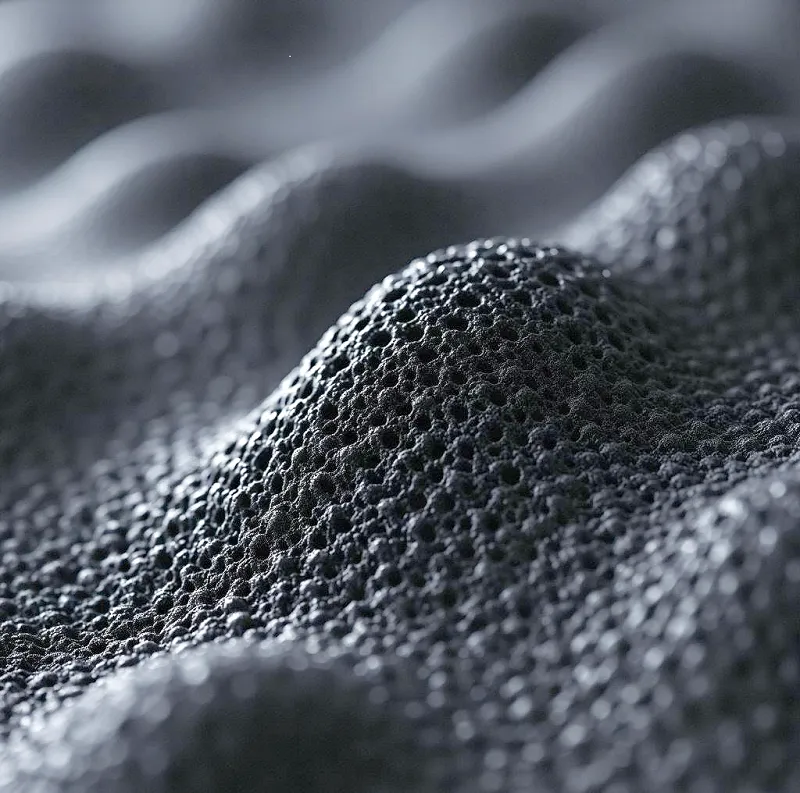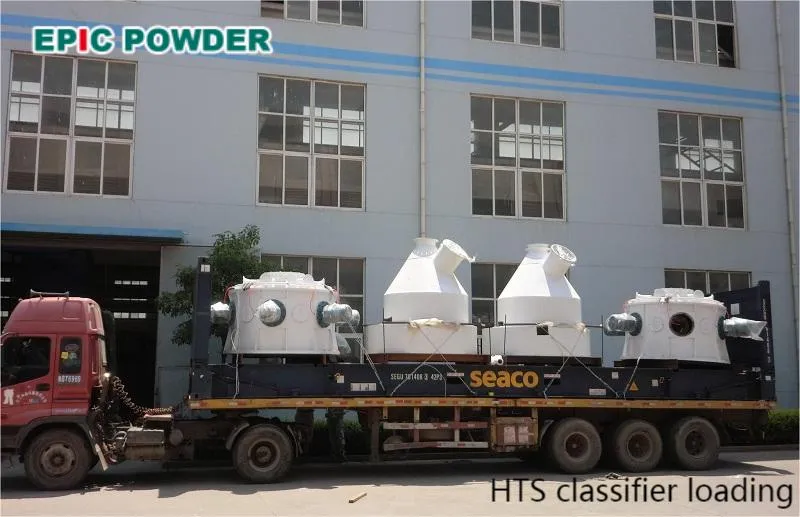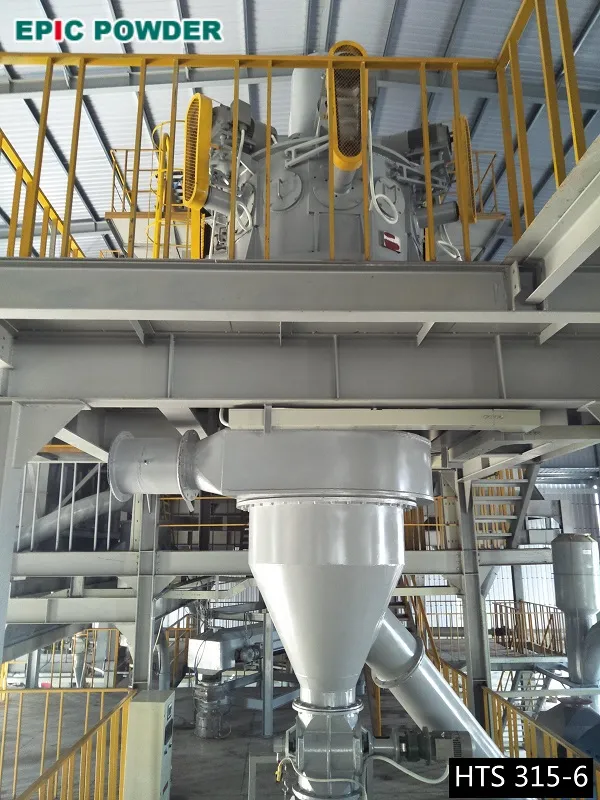Blog

ITC series airflow classifier

Grading fineness range: D97:8-150 microns (adjustable)
Production range: 600-80000 kg/h
Working principle
The material enters the self dividing classification chamber through the feeding system and is fully mixed with air to form a fluidized state. In the self dividing classification area, most of the coarse particles are separated; Fine powder carrying a small amount of coarse particles is carried into the turbine classification area by the upward airflow. Under the centrifugal force of the classification wheel and the suction force of the fan, the secondary separation of coarse and fine powder is achieved; Qualified fine powder is collected by the fine powder capture system through the grading wheel, and the coarse particles slide down the cylinder wall under the action of centrifugal force and gravity. Finally, the coarse powder separated twice is discharged from the discharge valve at the lower end of the classifier.
characteristic
Widely applicable: suitable for fine classification of dry process micron level products, it can classify spherical, sheet-like, and needle shaped particles, as well as particles of different densities, making variety replacement extremely convenient;
● Classification efficiency: (extraction rate) 60% -90%, the better the fluidity of the material, the higher the classification efficiency;
● worry free combination: can be used in series with multi-stage classifiers to produce products with multiple particle sizes, and can also be used in series with ball mills, vibration mills, Raymond mills and other grinding equipment to form a closed loop;
● Energy saving, environmental protection, and durability: adopting a vertical graded turbine device, with low rotational speed, wear resistance, low system power configuration, negative pressure operation of the system, dust emission not exceeding 40mg/m3, and equipment noise reduction measures adopted, not exceeding 75dB (A).


